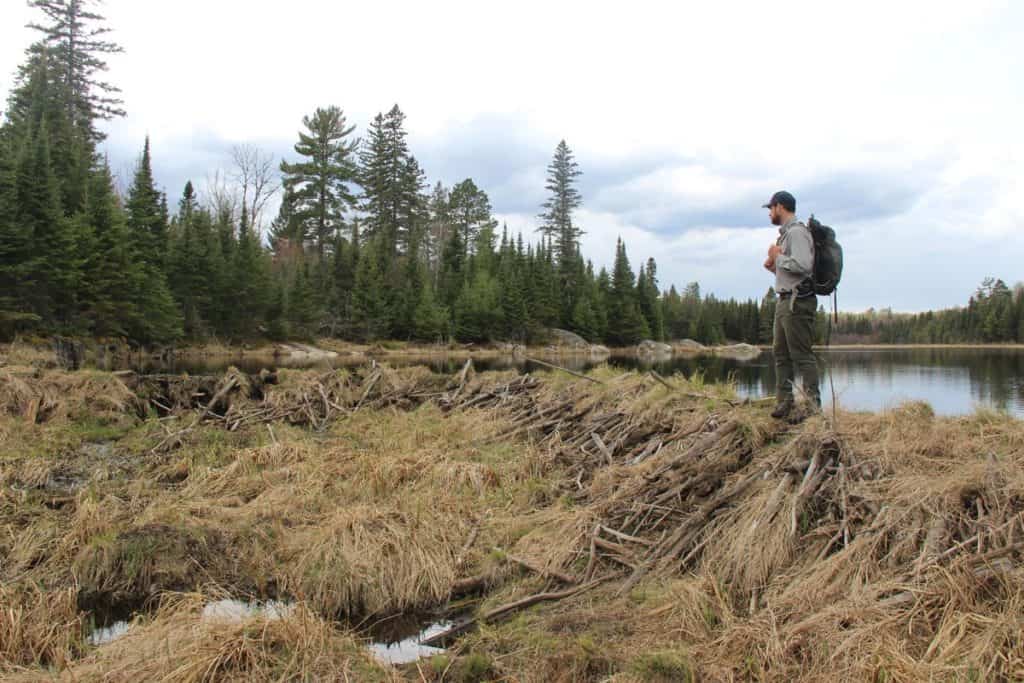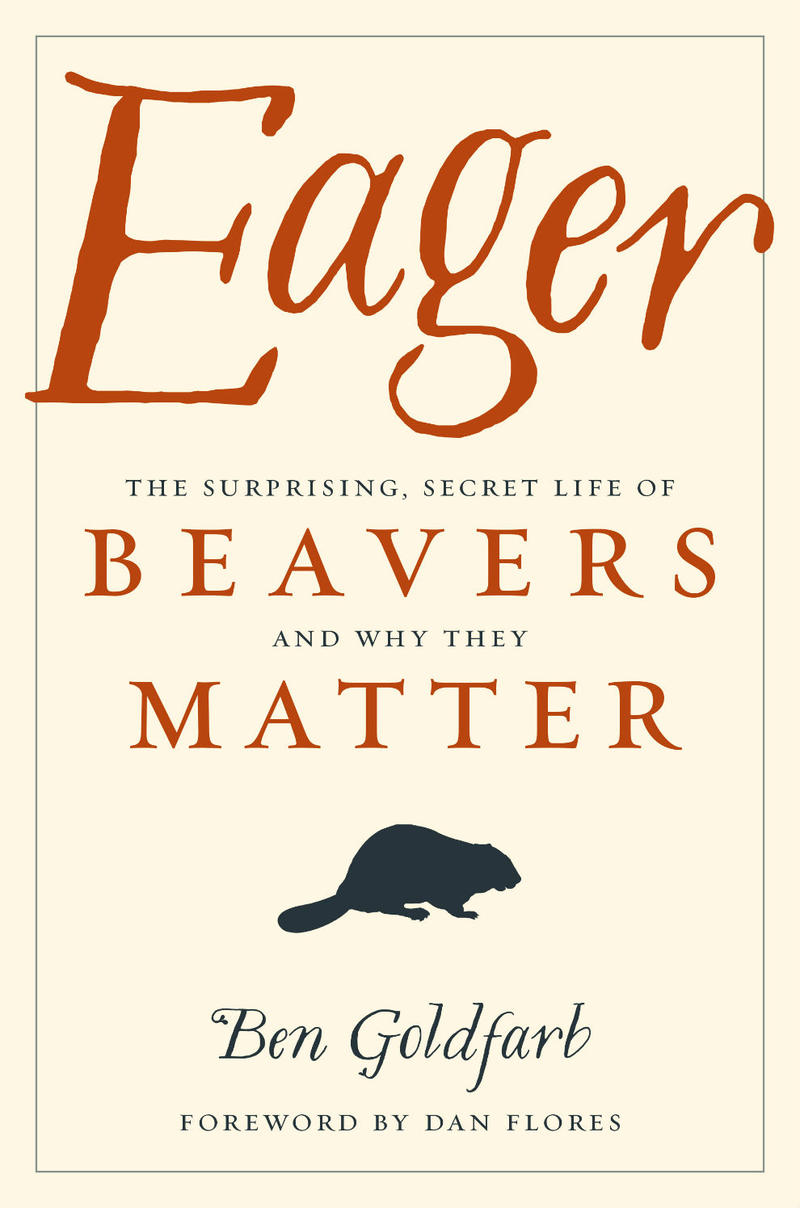

In truth, western science is merely relearning what North America’s Indigenous peoples have known for millennia. Forest Service to switch mammal mascots from Smokey Bear to Smokey Beaver. The Los Angeles Times recently called the beaver a “superhero,” and the New York Times has deemed them “furry weapons of climate resilience.” Wetlands with beavers are so good at fighting megafires that some researchers have urged the U.S.


These tireless engineers build woody dams that form ponds, which in turn filter out water pollution, sequester carbon, furnish wildlife habitat and avert drought. Ultimately, it’s about how we can learn to coexist, harmoniously and even beneficially, with our fellow travelers on this planet.How beavers shaped America-and not just its ecologyīeaverland: How One Weird Rodent Made Americaīeavers, you may have noticed, are having a moment. Eager is a powerful story about one of the world’s most influential species, how North America was colonized, how our landscapes have changed over the centuries, and how beavers can help us fight drought, flooding, wildfire, extinction, and the ravages of climate change. From the Nevada deserts to the Scottish highlands, Believers are now hard at work restoring these industrious rodents to their former haunts. Today, a growing coalition of “Beaver Believers”―including scientists, ranchers, and passionate citizens―recognizes that ecosystems with beavers are far healthier, for humans and non-humans alike, than those without them. The consequences of losing beavers were profound: streams eroded, wetlands dried up, and species from salmon to swans lost vital habitat. Synopsis: In Eager, environmental journalist Ben Goldfarb reveals that our modern idea of what a healthy landscape looks like and how it functions is wrong, distorted by the fur trade that once trapped out millions of beavers from North America’s lakes and rivers. Eager: The Surprising, Secret Life of Beavers and Why They Matter, by Ben Goldfarb


 0 kommentar(er)
0 kommentar(er)
